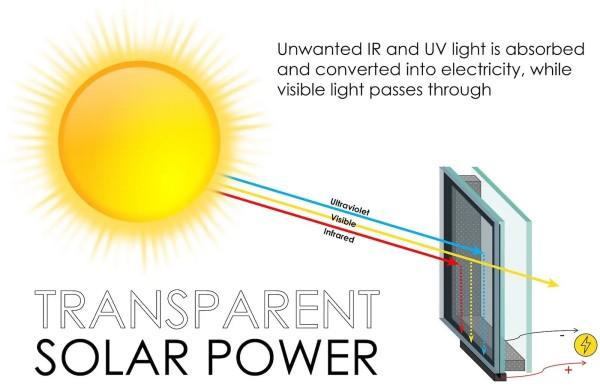The latest news on the solar window score comes from the US startup NEXT Energy Technologies. If that name rings a bell, NEXT stirred up the Intertubes last December when the popular outdoor gear company Patagonia announced that it would install NEXT’s see-through photovoltaic technology at its headquarters in California.
Architectural glass looks smooth to the eye, but the surface is a patchwork of distortions that can interfere with the solar conversion efficiency of thin film coatings. NEXT came up with an approach that integrates the solar coating into the window glass manufacturing process, which also means there is no need for a separate factory to apply the coating. The glass manufacturer can get everything done in-house.
Replacing ordinary window glass with solar windows can make a significant difference, especially in the commercial market which NEXT is aiming to tap. The US Department of Energy calculates that commercial buildings alone account for about 35% of the nation’s electricity consumption, including buildings in both the public and private sectors. Adding to the hurt, the US Environmental Protection Agency calculates that an average of 30% of the energy used in commercial buildings goes to waste.
In terms of solar conversion efficiency, organic thin film solar technology still lags behind the familiar, tried-and-true silicon solar cells that are commonplace today. Still, thin film has other advantages that make up for the difference.
On the plus side, thin film solar cells can be fabricated in a solution, then sprayed, painted, printed, or otherwise deposited onto a surface using well known industrial processes. That opens up a wide range of new applications, including window glass.
See https://cleantechnica.com/2023/04/27/chalk-up-another-win-for-invisible-solar-windows/

